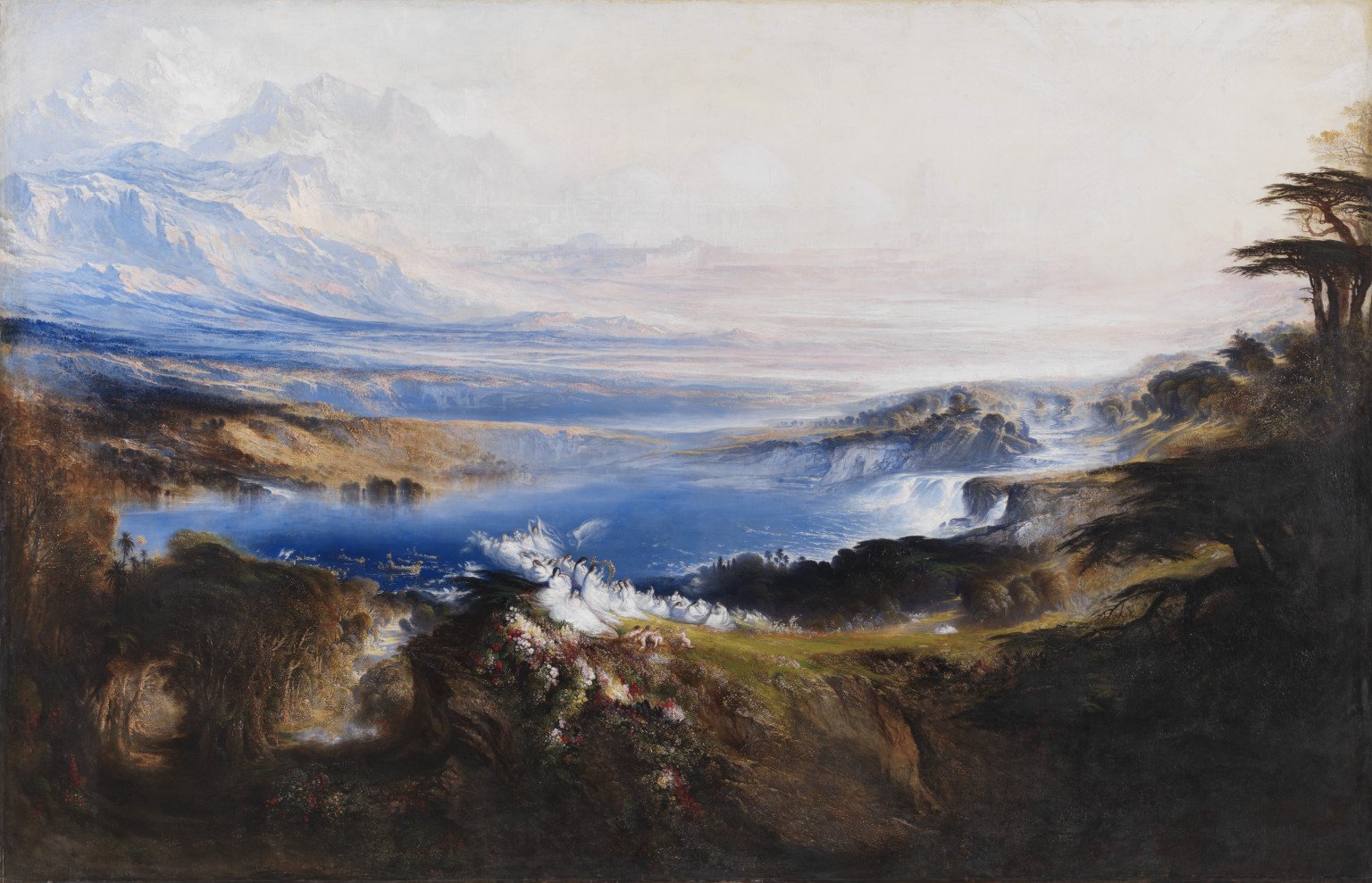Albert Einstein on a higher power
Albert Einstein was a deep thinker even beyond the realm of physics. He wrote detailed essays, letters, and speeches on philosophy, politics, morality, and religion. Beginning with a 1930 essay for New York Times Magazine, Einstein shared a series of insights about the relationship between science and religion, ultimately advocating for their compatibility.
His view of spirituality is especially appealing because it’s rooted in science and evolution—and crucially, he describes it as the factor that drives innovation, perseverance, and creativity. Einstein’s perspective on the role of religion and the existence of a higher power is extremely unique given he understood on an unfathomably deep level how the world and reality operate.
The evolution of religion: from fear to morality
Einstein begins his essay by explaining how religion developed out of addressing our inherent desires. At our core, humans are driven to act either to fulfill our needs or to lessen our pain and suffering: “Everything that the human race has done and thought is concerned with the satisfaction of deeply felt needs and the assuagement of pain.”
At first, religion was a response to fear: “With the primitive man it is above all fear that evokes religious notions – fear of hunger, wild beasts, sickness, death.”
Einstein notes how, in the early days when humans didn’t understand causality, they attributed events to a god-like figure(s) who willed bad or good things to happen. In this way, religion was used to explain the world and why things happened—like Greek creation myths or the sections of the Old Testament.
As humans and society evolved, religion shifted from being fear-based to morality-based (though Einstein notes all religions contain elements of both). We sought a perfect figure(s) who could guide, protect, and support us and tell us right from wrong. But because humans are flawed, this figure needed to be non-human, which explains the origins of gods:
“This is the God of Providence, who protects, disposes, rewards, and punishes; the God who, according to the limits of the believer's outlook, loves and cherishes the life of the tribe or of the human race, or even or life itself; the comforter in sorrow and unsatisfied longing; he who preserves the souls of the dead.”
A higher plane of existence: the “cosmic religious feeling”
Beyond fear and morals, Einstein introduces a third form of religious experience, which he calls a “cosmic religious feeling.” It’s a feeling, state, or level of comprehension that transcends human experience; we begin to contemplate something greater than our existence:
“The individual feels the futility of human desires and aims and the sublimity and marvelous order which reveal themselves both in nature and in the world of thought. Individual existence impresses him as a sort of prison and he wants to experience the universe as a single significant whole.”
This reminds me of the philosophical or literary notion of the sublime, the strongest emotion the mind is capable of feeling—an overwhelming mix of awe, wonder, and terror usually at the sight of nature (think of vast landscapes, chasms, and storms)—and involves transcending the self.
Einstein even uses the word “sublimity” and notes the role of art (and interestingly, science) is to evoke this feeling:
“In my view, it is the most important function of art and science to awaken this feeling and keep it alive in those who are receptive to it.”
With this form of religious experience, there isn’t a god or central teachings, so many people mistakenly label it atheism. Instead, it seems to be a form of spirituality deeply rooted in the inexplicable qualities of the world and experiencing a unity with reality that’s beyond words and rational comprehension.
The force driving inspiration, perseverance, and achievement
Einstein thinks religion and science are more than just compatible, but that religion is what inspires science:
“I maintain that the cosmic religious feeling is the strongest and noblest motive for scientific research. Only those who realize the immense efforts and, above all, the devotion without which pioneer work in theoretical science cannot be achieved are able to grasp the strength of the emotion out of which alone such work, remote as it is from the immediate realities of life, can issue.”
He argues that this feeling is the strongest motivator for scientific research and is what drives his fellow pioneers to understand and explain it. It gave them the strength to persist despite many setbacks and failures.
“What a deep conviction of the rationality of the universe and what a yearning to understand, were it but a feeble reflection of the mind revealed in this world, Kepler and Newton must have had to enable them to spend years of solitary labor in disentangling the principles of celestial mechanics!”
He ends his essay poignantly by reflecting on the strength provided by this feeling, noting how serious scientists are profoundly religious:
“Only one who has devoted his life to similar ends can have a vivid realization of what has inspired these men and given them the strength to remain true to their purpose in spite of countless failures. It is cosmic religious feeling that gives a man such strength. A contemporary has said, not unjustly, that in this materialistic age of ours the serious scientific workers are the only profoundly religious people.”



